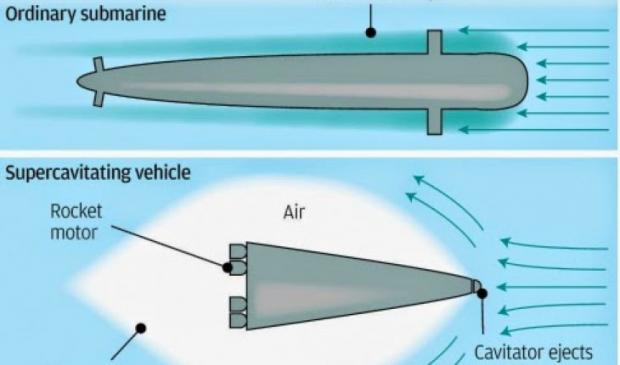
Breaking News
6.5x55 Swedish vs. 6.5 Creedmoor: The New 6.5mm Hotness
Best 7mm PRC Ammo: Hunting and Long-Distance Target Shooting
 Christmas Truce of 1914, World War I - For Sharing, For Peace
Christmas Truce of 1914, World War I - For Sharing, For Peace
Top Tech News
 EngineAI T800: Born to Disrupt! #EngineAI #robotics #newtechnology #newproduct
EngineAI T800: Born to Disrupt! #EngineAI #robotics #newtechnology #newproduct
 This Silicon Anode Breakthrough Could Mark A Turning Point For EV Batteries [Update]
This Silicon Anode Breakthrough Could Mark A Turning Point For EV Batteries [Update]
 Travel gadget promises to dry and iron your clothes – totally hands-free
Travel gadget promises to dry and iron your clothes – totally hands-free
 Perfect Aircrete, Kitchen Ingredients.
Perfect Aircrete, Kitchen Ingredients.
 Futuristic pixel-raising display lets you feel what's onscreen
Futuristic pixel-raising display lets you feel what's onscreen
 Cutting-Edge Facility Generates Pure Water and Hydrogen Fuel from Seawater for Mere Pennies
Cutting-Edge Facility Generates Pure Water and Hydrogen Fuel from Seawater for Mere Pennies
 This tiny dev board is packed with features for ambitious makers
This tiny dev board is packed with features for ambitious makers
 Scientists Discover Gel to Regrow Tooth Enamel
Scientists Discover Gel to Regrow Tooth Enamel
 Vitamin C and Dandelion Root Killing Cancer Cells -- as Former CDC Director Calls for COVID-19...
Vitamin C and Dandelion Root Killing Cancer Cells -- as Former CDC Director Calls for COVID-19...
 Galactic Brain: US firm plans space-based data centers, power grid to challenge China
Galactic Brain: US firm plans space-based data centers, power grid to challenge China
Shanghai to San Francisco in 100 minutes...

Since drag is proportional to the density of the surrounding fluid, the drag on a super-cavitating projectile is dramatically reduced, allowing supercavitating projectiles to attain higher speeds than conventional projectiles. In water , a rough approximation predicts that a supercavitating projectile has 200,000 times less skin friction than a normal projectile. The potential applications are impressive.
Here we will describe the advances that the chinese researchers have made towards practical supercavitating submarines and the need for molten salt nuclear reactors to power them. Molten salt nuclear reactors are under commercial development in Canada, China and other countries. Molten salt reactors could achieve 50 times the power density of current nuclear reactors used in nuclear submarines.
A 650 MW thermal integrated molten salt reactor with a supercritical CO2 turbine would have about 400 MWe of power with about 200 tons of weight. This would be about 2 kW per kg.

 The State's Last Stand
The State's Last Stand


